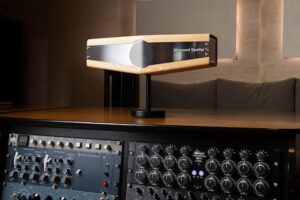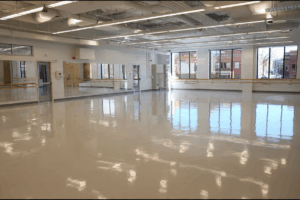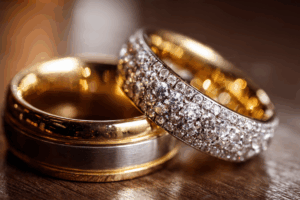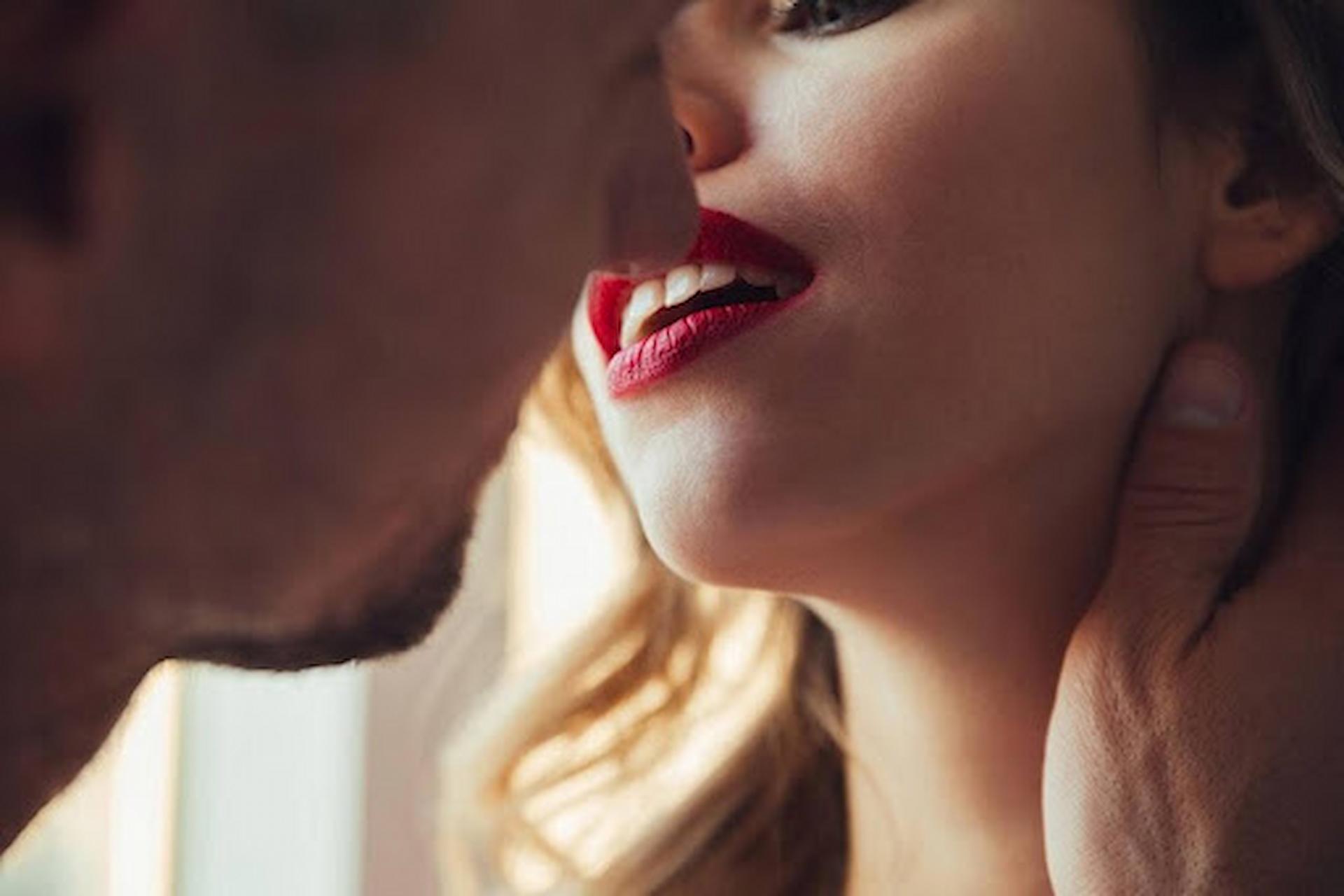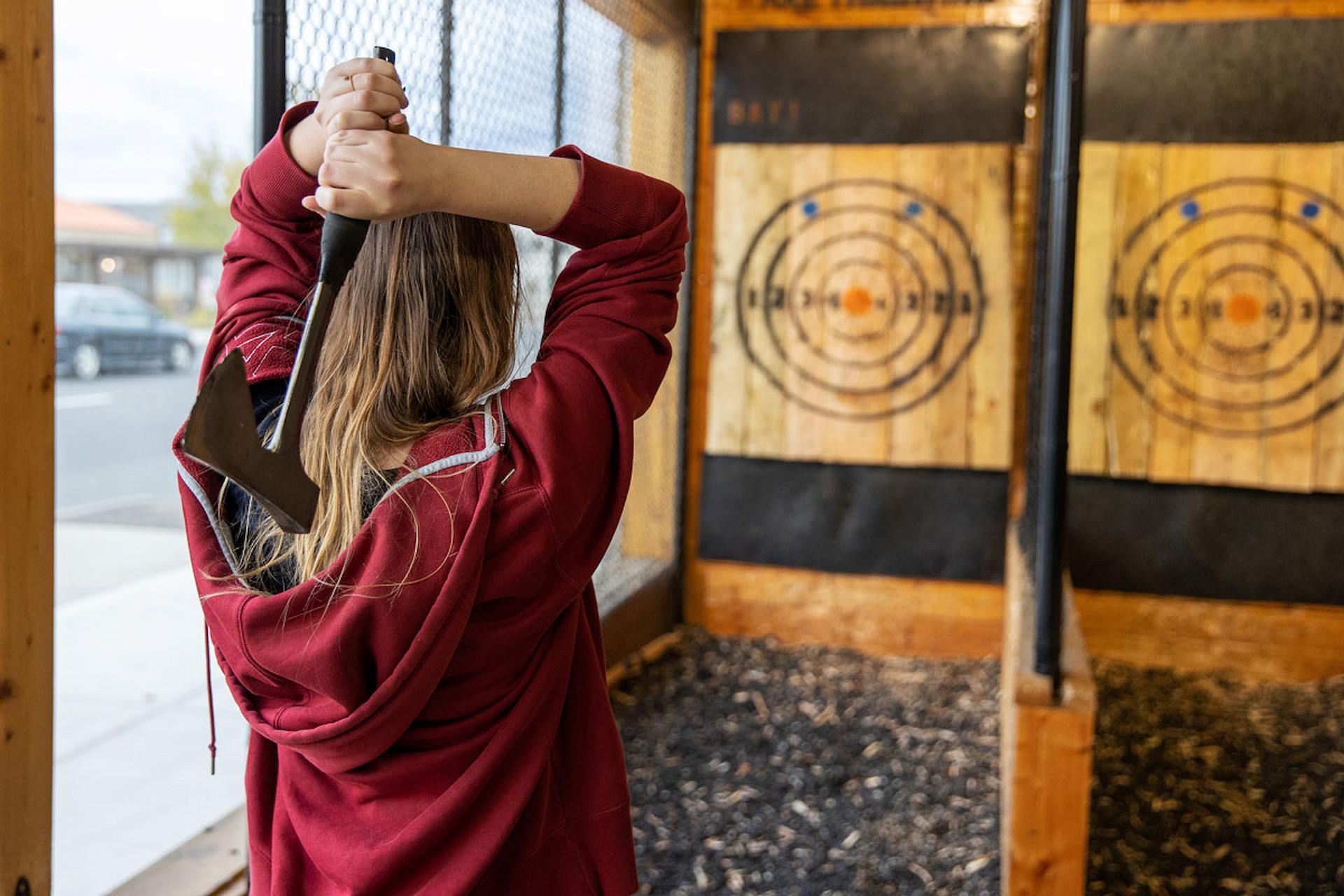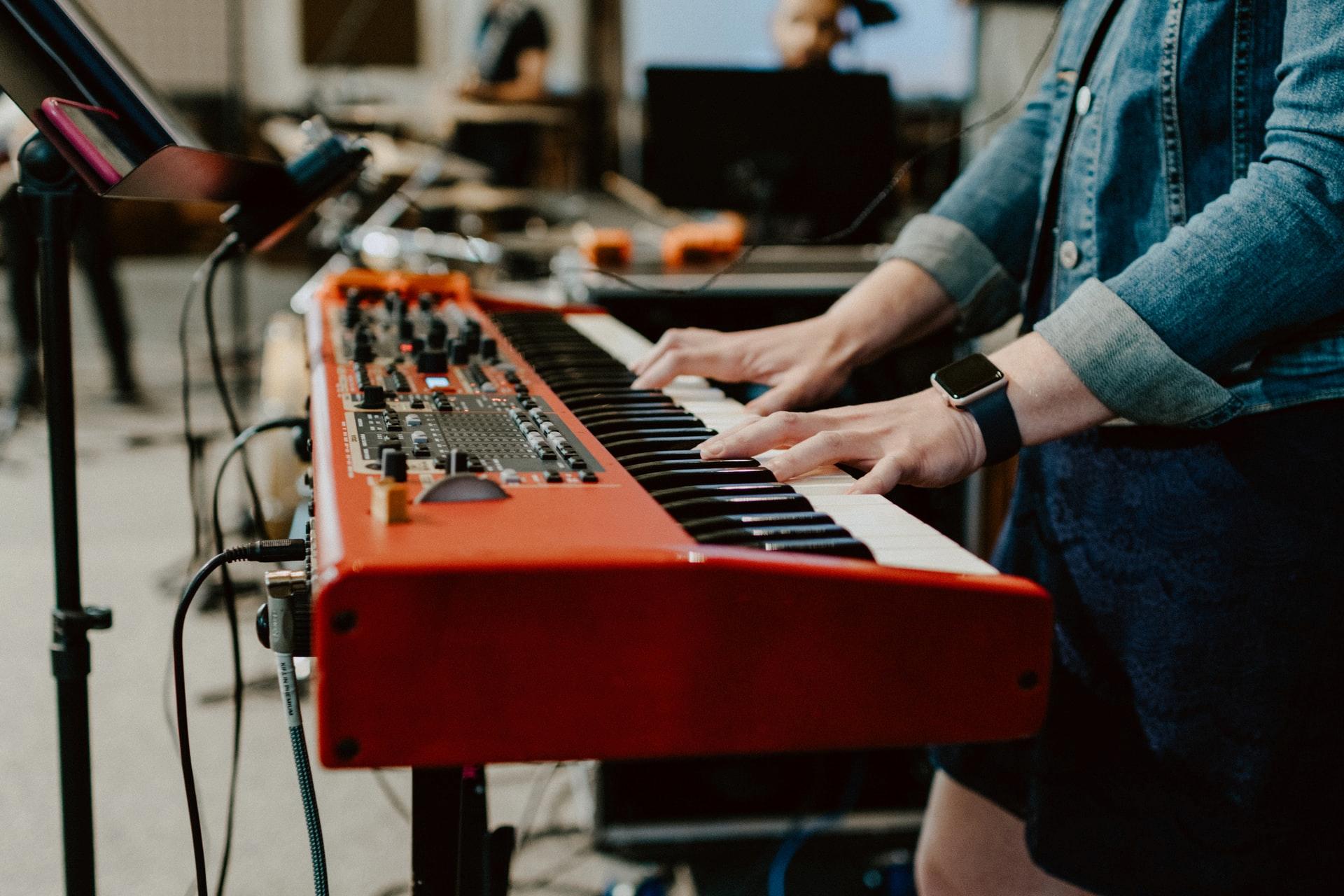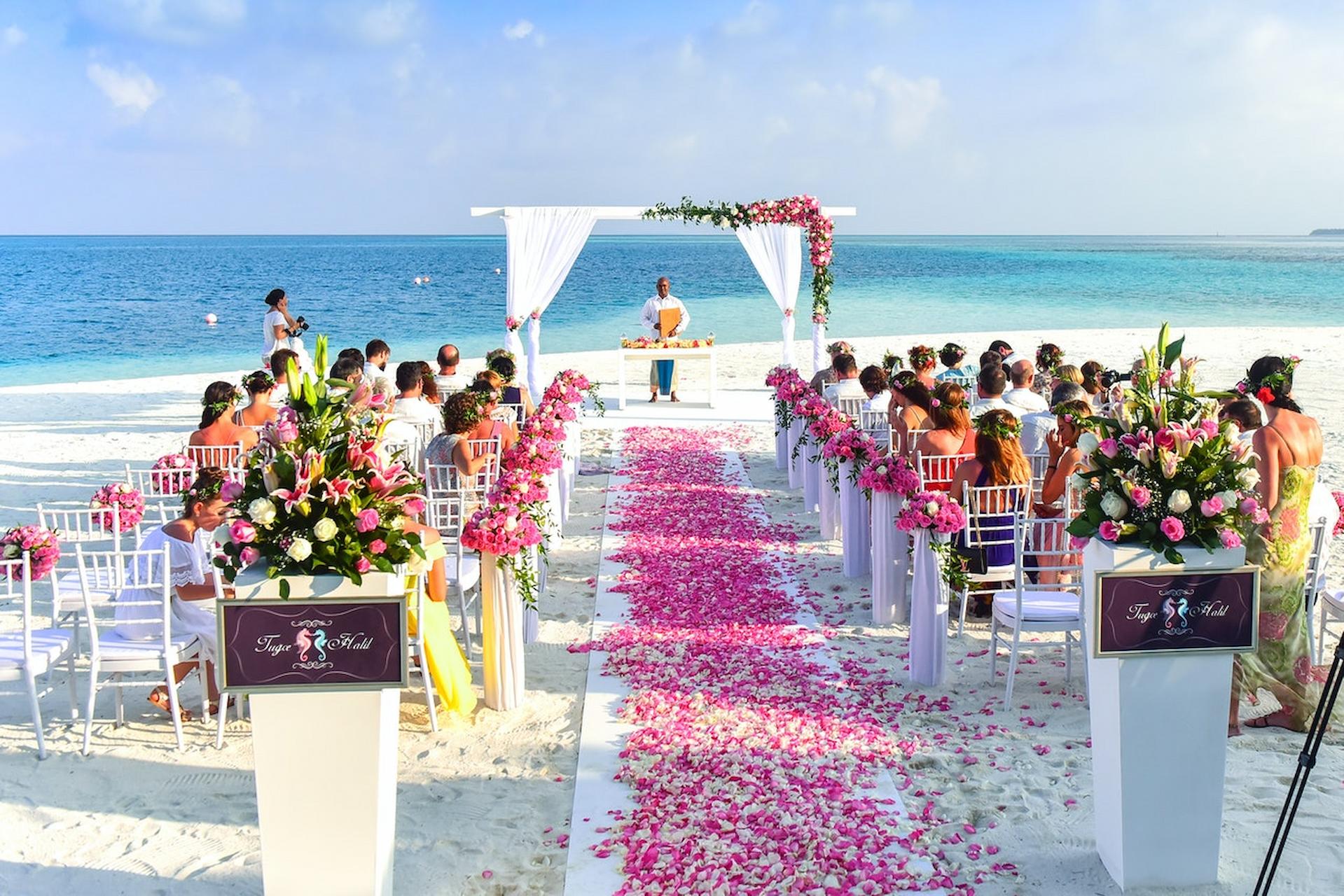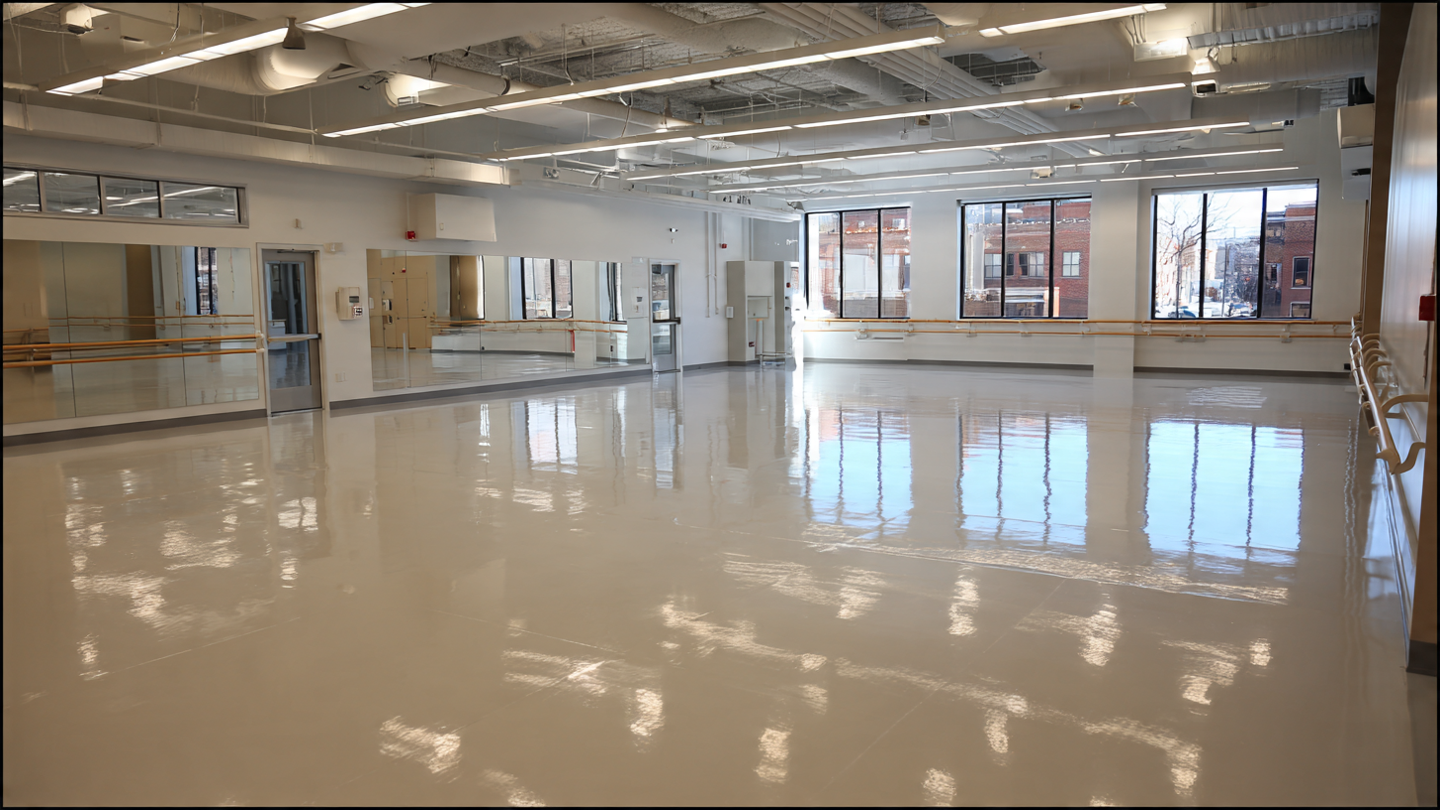The right flooring can make or break a dance studio. It affects performance, prevents injuries, and enhances the overall experience for dancers. From professional-grade sprung floors to versatile vinyl options, choosing the ideal surface requires balancing comfort, durability, and style. Let’s explore seven top flooring solutions that elevate dance performance while keeping dancers safe and inspired.
1. Sprung Hardwood Floors – The Gold Standard
Sprung hardwood floors are a top choice in dance flooring, designed to absorb shock, reduce stress on joints, and enhance dancer safety. These floors offer excellent traction and responsiveness, making them ideal for ballet, contemporary, and jazz. Their natural aesthetics also enhance studio flooring, creating a professional environment that motivates performance.
2. Marley Vinyl Flooring – Versatile and Durable
Marley vinyl floors are widely used in studios for their smooth, non-slip surfaces. Perfect for ballet, tap, and modern dance, they provide consistent traction and a surface that accommodates various styles. Lightweight and easy to clean, these studio flooring options are cost-effective, making them ideal for multi-purpose dance spaces.
3. Cushioned Vinyl Flooring – Comfort Meets Performance
Cushioned vinyl combines resilience with comfort, offering a soft underlayer that protects joints while providing the firmness needed for jumps and turns. Excellent for beginners and high-impact practices, this dance flooring ensures dancer safety while maintaining professional-grade performance standards.
4. Laminate Dance Flooring – Affordable and Stylish
Laminate floors mimic the look of hardwood at a fraction of the cost. While not as shock-absorbing as sprung hardwood, modern laminate with underlayment offers a reliable studio flooring surface for light to moderate dance activity. Its aesthetic versatility allows studios to maintain a polished, professional look without stretching the budget.
5. Rubber Flooring – Non-Slip and Resilient
Rubber flooring is ideal for multi-purpose studios and high-traffic areas. It provides traction and cushioning, reducing fatigue and the risk of slips, which enhances dancer safety. Durable and easy to maintain, it is a practical choice for studio flooring used in dance fitness classes or rehearsal spaces with heavy daily use.
6. Engineered Wood Floors – Strength and Flexibility
Engineered wood combines the elegance of hardwood with added durability. Its layered construction provides slight give, making it safer for repetitive movements while maintaining professional performance standards. Suitable for contemporary, jazz, and lyrical dance, this dance flooring balances durability and aesthetics for any studio flooring setup.
7. Portable Dance Floors – Flexibility for Any Space
For studios with limited space or temporary setups, portable floors are invaluable. Easy to assemble and store, they provide professional-grade studio flooring wherever needed. These versatile surfaces are perfect for workshops, touring performances, or multi-purpose spaces, ensuring consistent dancer safety and performance quality.
FAQ:
Q1: What is the best flooring for ballet studios?
A1: Sprung hardwood or Marley vinyl provides the ideal combination of shock absorption and smooth surface for ballet movements.
Q2: Are vinyl floors suitable for high-impact dance?
A2: Cushioned vinyl offers shock absorption and is suitable for high-impact practices, but sprung floors are better for intensive professional use.
Q3: Can portable floors replace permanent studio flooring?
A3: They are excellent for temporary setups or multi-purpose spaces but are not ideal as a long-term replacement for professional-grade studios.
Conclusion:
Selecting the right dance studio flooring is essential for performance, safety, and longevity. Whether investing in sprung hardwood for high-end professional studios or versatile vinyl for a multi-use space, the right floor enhances every movement, protects dancers, and elevates the studio’s overall experience.

